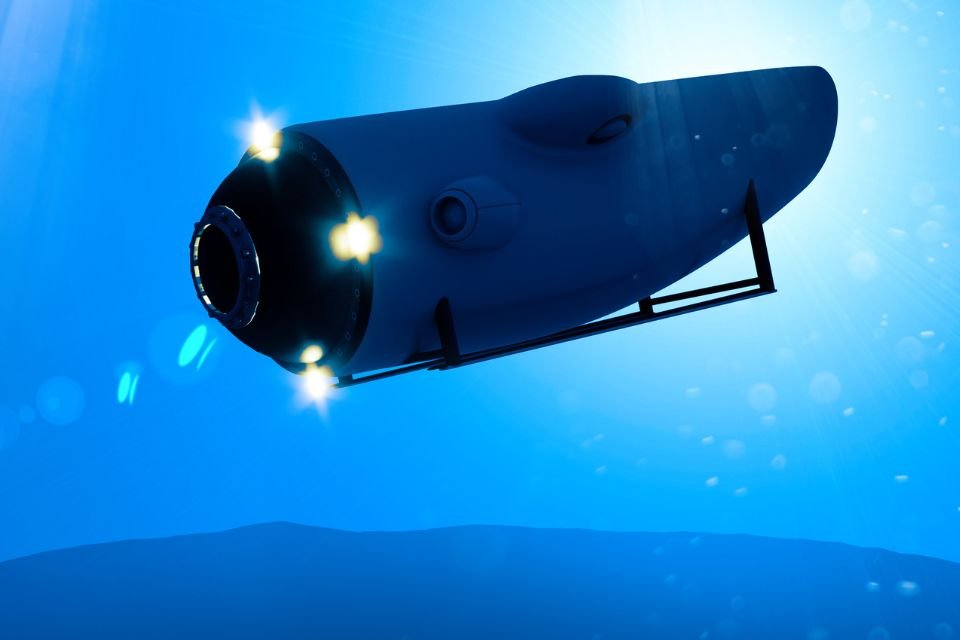Much has been said last week about the exploding submarine on an expedition whose purpose was to observe the wreckage of the Titanic, which sank in 1912. The diver must be able to withstand the pressure exerted by approximately four thousand meters of sea water..
If we consider that the pressure is equal to one atmosphere approximately every ten meters under water, we are talking about a pressure of more than 400 atmospheres!
Suppose the atmospheric pressure at sea level is 100,000 Pascals, the pressure unit of the International System of Units. This pressure value corresponds to a mass of 10 tons placed on every square meter of Earth’s surface and everything in contact with atmospheric air.
This is because the pressure exerted by liquids such as atmospheric air and sea water is applied from all directions, not just from top to bottom. This pressure has the same value for everything at the same “level”. The level is defined by the column of liquid above that point, eg. Atmospheric pressure is the same for everything at sea level and gradually decreases for everything at higher altitudes..
But if the atmospheric pressure is too great, Why aren’t we crushed like the submarine is crushed by the pressure of sea water? The explanation for this is simply given by the fact that we have the same internal and external pressure. So our body is filled with air (not just in the lungs) and therefore there is no pressure difference between the inside and outside of our body.
When we change our altitude relative to sea level and therefore change the value of the atmospheric pressure to which we are exposed, it is possible for us to feel a difference between the internal and external pressure in our body. For example, as we travel from the mountains to the coast, we feel the pressure difference in our ears between the air inside and outside our bodies. This difference is more easily felt in the ears because of the “delay” in the movement of air between the nose and the inside of the ear.
In more extreme cases, it’s precisely a pressure difference that can generate enormous forces that can keep airplanes afloat or blow up a submarine. The existence of these forces resulting from the pressure of seawater is one of the reasons why we can say that space exploration is, in a way, more advanced than exploring the bottom of the sea.
A spacecraft only needs to withstand a pressure difference equivalent to one atmosphere, while a submarine may need to withstand hundreds or thousands of atmospheres difference between internal and external pressure.
But since last year, the US space agency NASA has begun dedicating more resources to exploration of the depths of the sea. This is because instruments diving into the hadal zone (an area of the seabed up to 11 kilometers deep!) have found entire ecosystems teeming with marine life.
Until recently, scientists thought it was impossible for life to withstand such pressures, and with this discovery and future studies of these lifeforms, we may have a new key. realizing that the universe could be full of life forms we can’t even imagine.
Source: Tec Mundo
I’m Blaine Morgan, an experienced journalist and writer with over 8 years of experience in the tech industry. My expertise lies in writing about technology news and trends, covering everything from cutting-edge gadgets to emerging software developments. I’ve written for several leading publications including Gadget Onus where I am an author.












